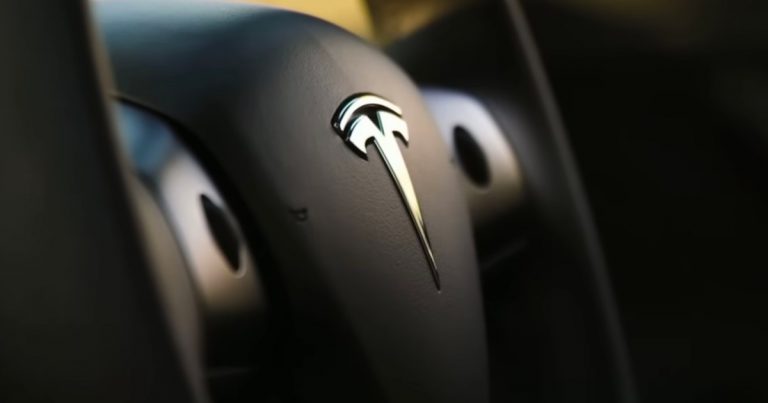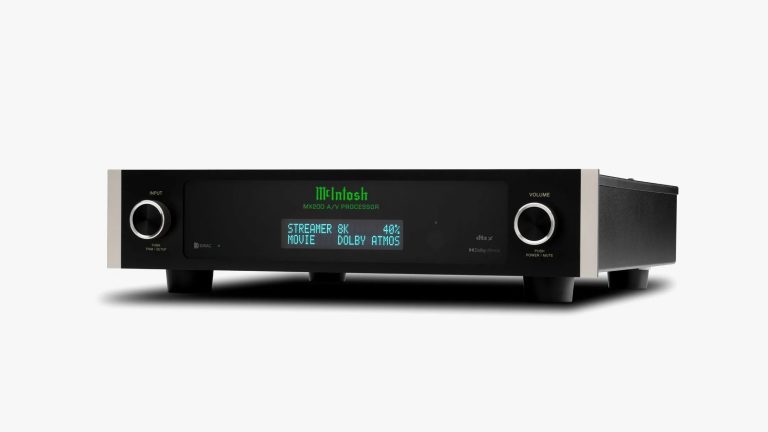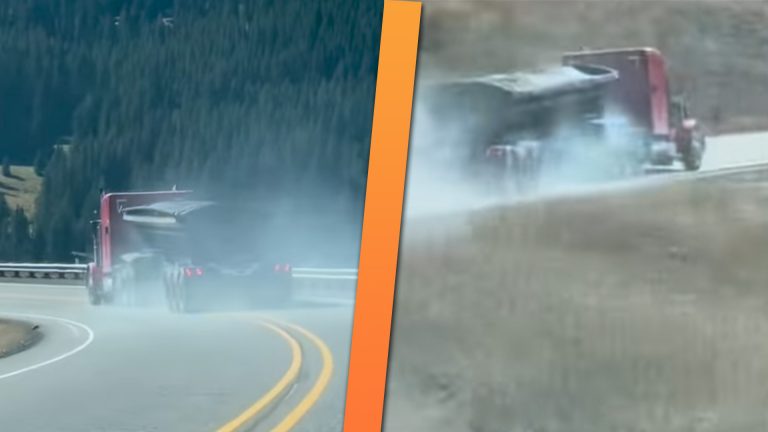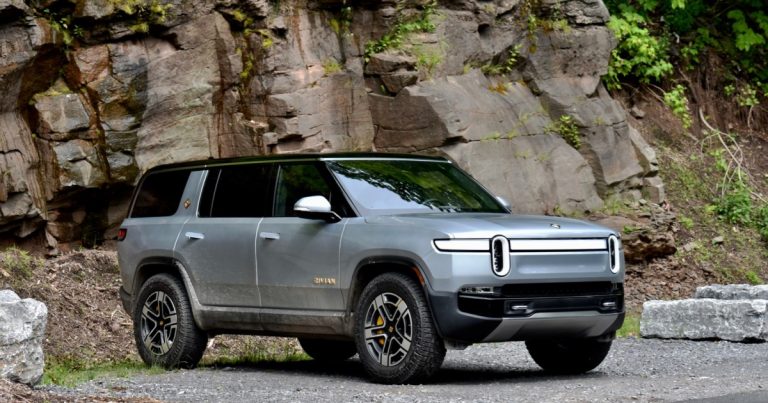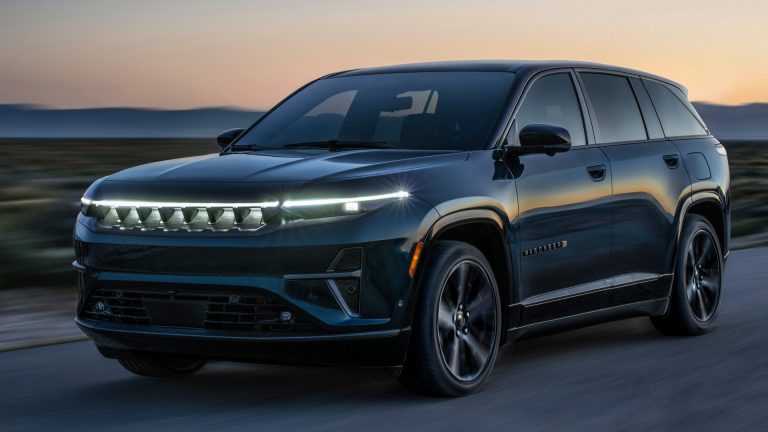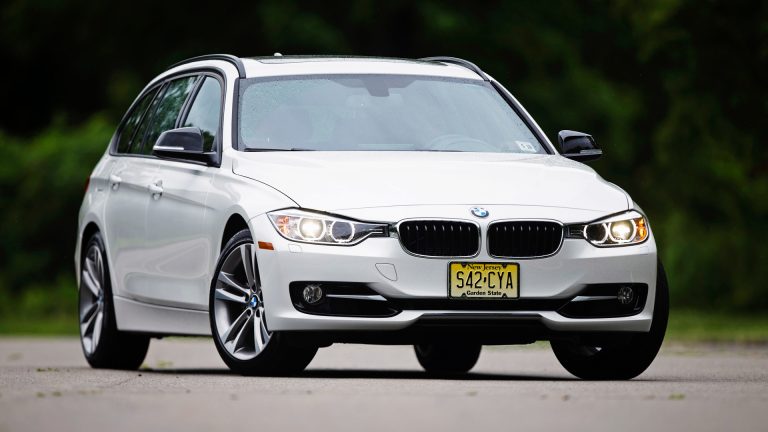Roush supercharger kit gives the Ford Mustang GT 810 hp
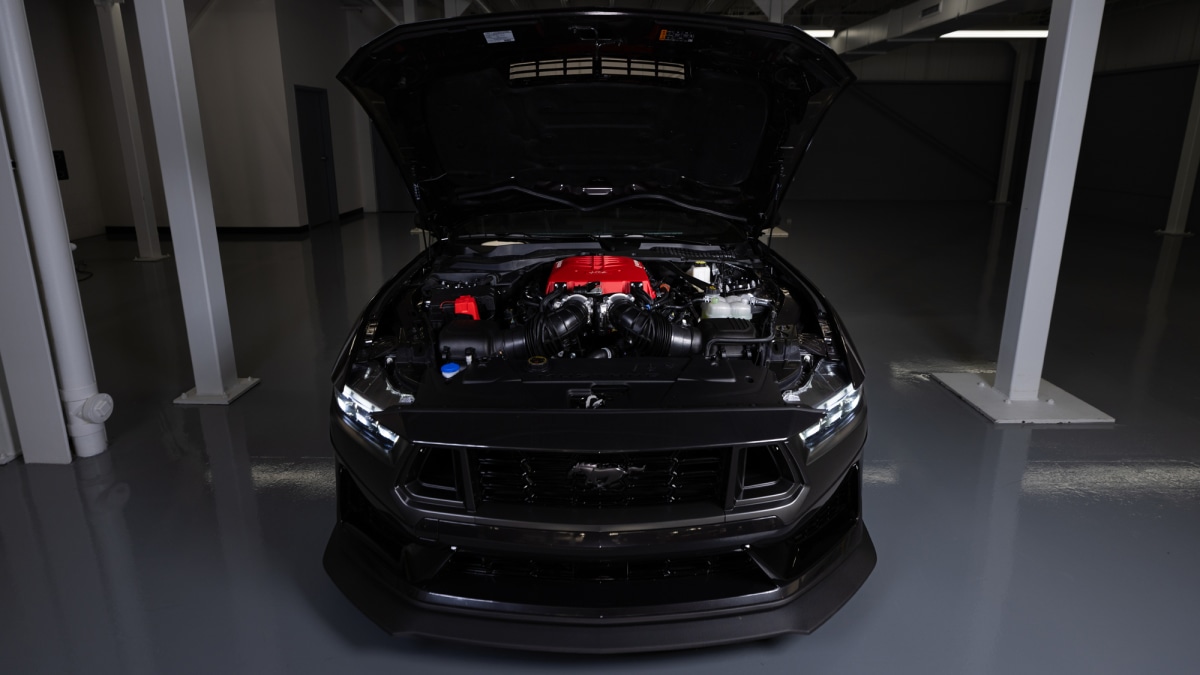
The most powerful factory-built version of the seventh-generation Ford Mustang is the $300,000 GTD, which packs over 800 horsepower. Michigan-based tuner Roush announced a supercharger kit for the 5.0-liter V8 that unlocks GTD-like power for a comparatively low $10,000.
Developed jointly with Magnuson Superchargers, the kit includes dual intercoolers, an 84-millimeter pulley, and, of course, an inverted Eaton TVS R2650 supercharger. It was designed to work with the factory 80-millimeter throttle bodies. Roush claims that adding forced induction to the Coyote V8 delivers 810 horsepower and 630 pound-feet of torque, up from 486 and 418, respectively, for the stock 2024 Mustang GT.
Note that these figures correspond to the Launch Edition supercharger kit, which also benefits from Phase 2 tuning. The brand will release the standard Phase 1 and Phase 2 kits later in 2024, though what they include and how much power they bring hasn’t been announced yet. The good news for enthusiasts is that these kits will be compatible with both the six-speed manual transmission and the 10-speed automatic.
Achieving those figures requires more than just a big ol’ blower. Roush went to great lengths to lower the intake air’s temperature, notably by fitting a large heat exchanger and a Bosch intercooler pump. It also installed billet fuel rails, twin-cone fuel injectors, and Ford Performance spark plugs. Durability was taken into account as well: the supercharger belt runs close to the engine to reduce strain on the crankshaft.
Roush’s Launch Edition supercharger kit is on sale now for about $10,000 excluding installation, and it’s covered by a limited warranty. The Phase 1 kit due out later this year will cost less, and it will allow owners to retain the factory-backed powertrain warranty if it’s installed by an authorized Ford dealer or by an Automotive Service Excellence-certified technician. While the supercharger kit is SEMA-certified emissions compliant, it hasn’t been approved by CARB so it can’t be installed on a street-legal car in California and in states that follow CARB rules.
Source: www.autoblog.com

